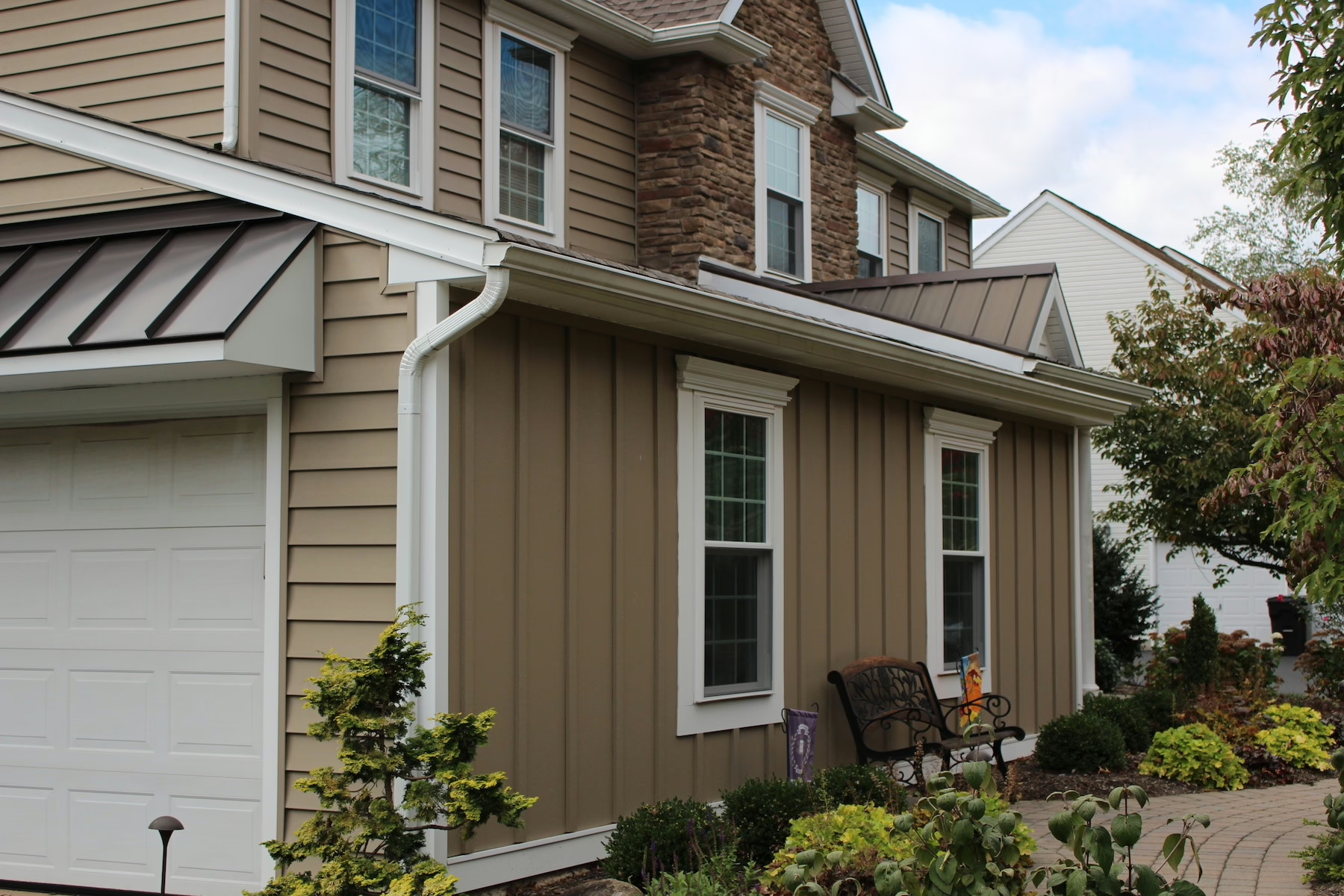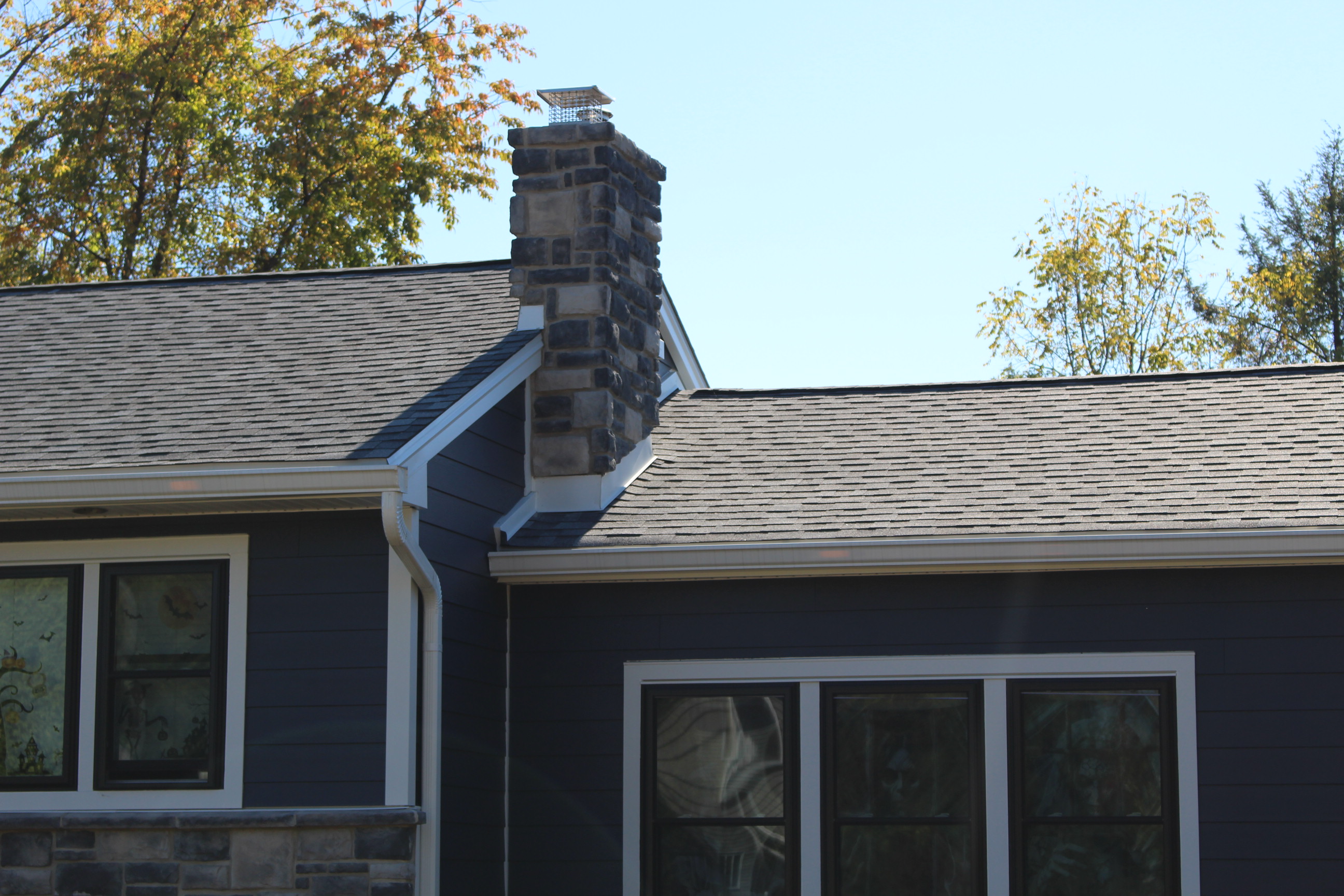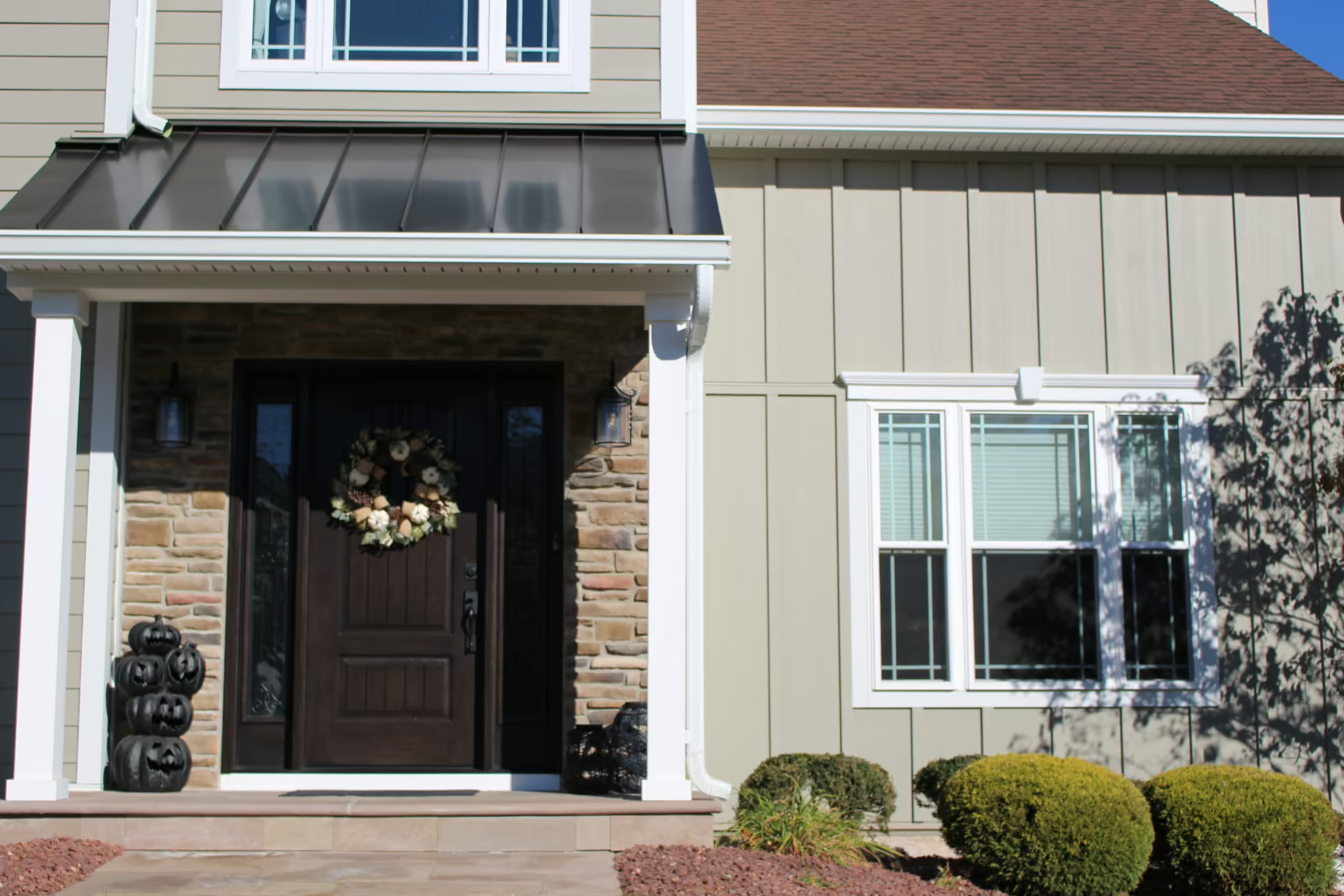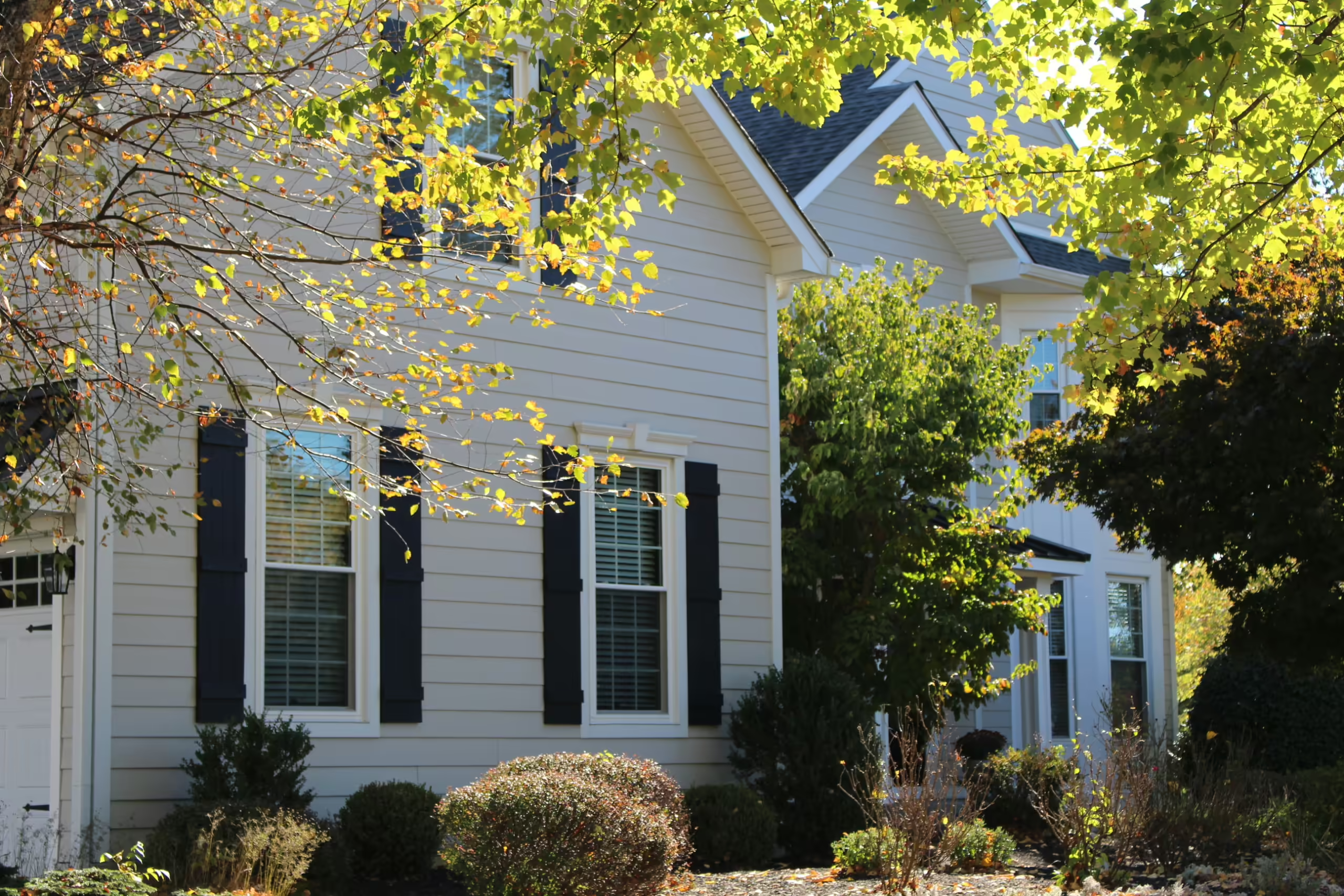Siding plays a huge role in your home’s protection from the elements 24/7. So when it becomes damaged due to severe weather, neglect, or unseen sources like pests—your most significant investment’s defensive layer is compromised—and trouble is just ahead. That’s costly trouble. Some of which can even negatively impact your health.
Let’s dive in and discover the consequences of ignoring siding damage, and embrace the value of preventative maintenance and prompt repairs.
What Happens When Siding Damage Goes Unnoticed?
The Results of Neglecting Siding Damage
1. Harmful Moisture Intrusion
When siding incurs even minimal damage that is ignored, problems cascade and flourish. Water is your siding’s enemy, and if it seeps in, trouble brews and increases over time. The longer you leave it alone, the worse the complications become.
Water infiltration is the root cause of a host of other costly problems including wood rot, pest infestation, mold growth, and eventually structural integrity issues.
2. Unhealthy Mold Growth
Mold flourishes in dark, moist environments, so if your siding becomes cracked or compromised in any way, water can get inside it and cause mold to grow. Once mold starts developing, it’s hard to get it to stop. It causes black stains that create a lackluster look to your home. And it can agitate respiratory illnesses like asthma, respiratory infections, and breathing issues. Mold infestation negatively impacts your home’s indoor air quality and can adversely affect children and the elderly.
Over time, if mold issues are left unaddressed, costly structural damage can occur, compromising your home’s very integrity and your safety inside it.
3. Annoying Pest Infiltration
When siding becomes compromised, it opens the door to pest infestation. Insects find their way into cracks and holes in your siding—and once they are in, they multiply and eat away at your home’s structure. Again, the longer they are ignored, the bigger the problem they cause, and the more it costs you to repair or replace what they harmed.
4. Increased Energy Bills
One of your siding’s jobs is to provide insulation to your home, keeping your heating and air conditioning inside where it belongs. When siding gets damaged, if you ignore it, outdoor temperatures can seep into your home and disrupt the comfort level you used to enjoy. Your energy bills will go up as a result, and you’ll wear out your heating and air unit faster because you’re making it work so hard each day.
5. Unsightly Wood Rot
Fungi flourish in dark, moist conditions. When they infiltrate, they cause wood to deteriorate, weakening your siding and compromising its ability to safeguard your home from the elements. Wood rot, left unaddressed, can cause your siding to collapse, endangering those in your home.
Much like mold, once rot begins, it spreads quickly, and opens the door to more damage. It can compromise your home’s structural integrity, leaving you with costly repair needs and hassles that could have been avoided with proper maintenance.
6. Costly Roof Damage
If you neglect siding problems, water can seep up under your roof shingles—causing wood rot, mold, and deterioration of your roof’s components. This can create bigger problems if left alone, making your home at risk of costly leaks and water infiltration issues. Leaving minor damage unattended snowballs into major damage, costing you time and money to fix.
7. Major Structural Damage
The steepest consequence of ignoring siding problems is incurring structural damage to your home. Once structural problems occur, you have major repair expenses ahead when you address them. Your home can even become unsafe if you leave structural damage to fester, so it’s nothing to mess with!
8. Decreased Curb Appeal
When siding gets stained, warps, cracks, or paint flakes and peels, it dims your curb appeal. And if you ignore siding issues, your home’s looks will continue to get worse over time. An unkept exterior decreases your home value over time.
9. Increased Maintenance Costs
If you ignore your siding problems, your maintenance and repair costs will increase significantly. Depending on how extensive the issues are, you may need to replace your siding, roofing, and gutters.
10. Interior Paint Damage
When water seeps into your siding and home, it can affect your interior walls too. Peeling paint inside your home can be caused by damaged siding, particularly if it happens near areas where your siding is compromised in any way. And it will cost you to replace the paint.
What Happens When Siding Damage Goes Unnoticed?
You Can Avoid the High Price of Not Addressing Siding Problems
Wash and Inspect Your Siding Twice a Year
As you clean your siding, take a good look at it. If there are minor issues, address them to keep them from becoming major ones.
Keep Your Gutters in Good Shape
When it rains, your home exterior will be well protected from moisture when you channel it away with a good gutter system.
Have Your Roof Inspected Professionally Annually
Your siding and roofing work together to protect your home from the elements. Have a contractor inspect your roof to ensure it is in good working order. If issues come up, allow the pros to repair them promptly. And ask them to help you assess when you will need a new roof.
Siding Replacement
When siding shows signs of aging like cracking, warping, fading, and moisture penetration, it’s time to replace it. New siding will give your home a durable protective layer you can rely on for years to come. Choosing a low maintenance material like Hardie siding and trim products or composite siding will give you a fresh start in maintaining your home.
Get Durable Siding for Your Pennsylvania Home
You should feel good about the home you live in. And when your exterior shows signs of damage, wear and tear—regular maintenance, repairs, and timely replacements are a must.
At Preferred Home Improvement, we install long lasting Hardie siding and trim products, cost-effective vinyl siding, and low-maintenance composite siding. Browse our siding replacement services and discover how our gorgeous siding options offer enduring durability and weather resistance.



